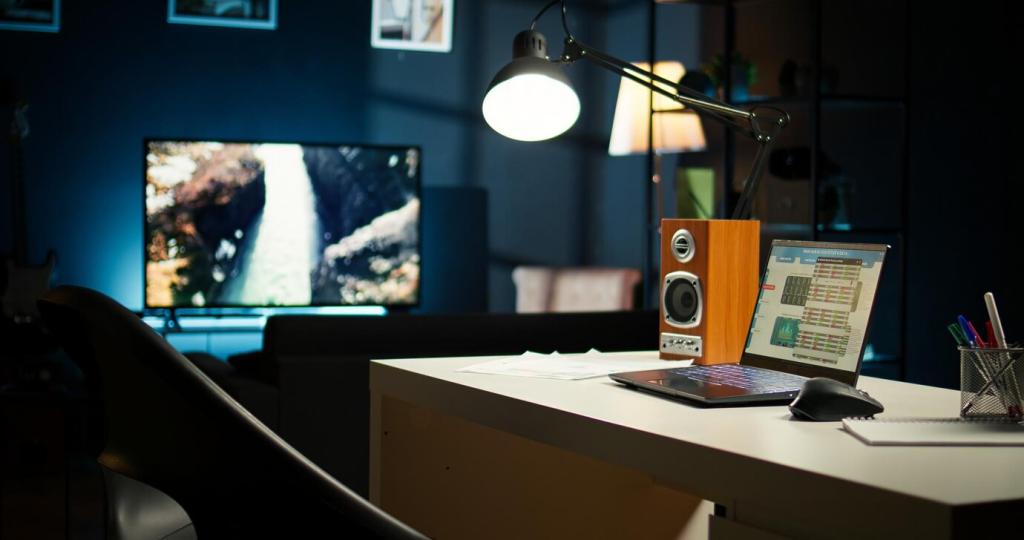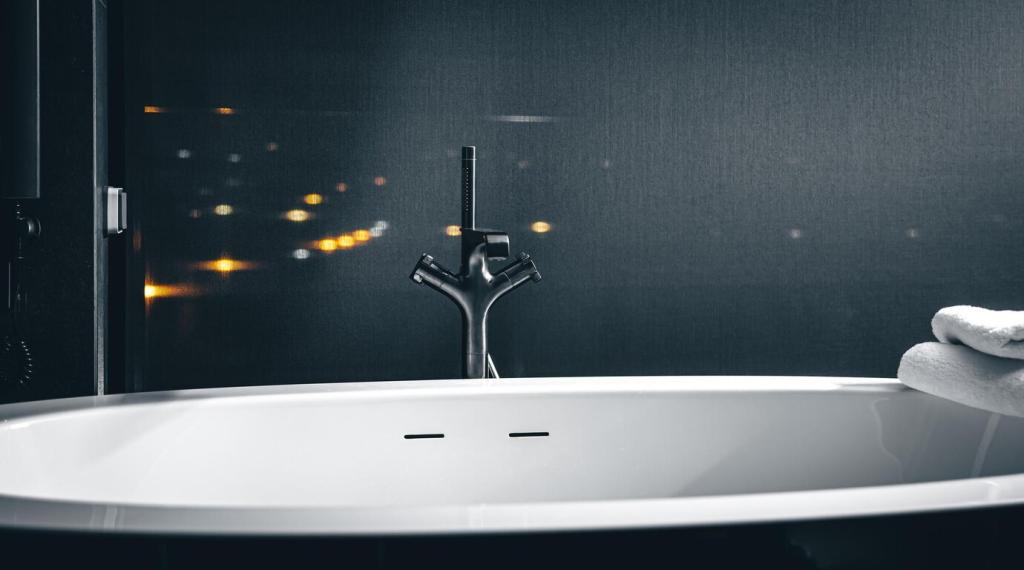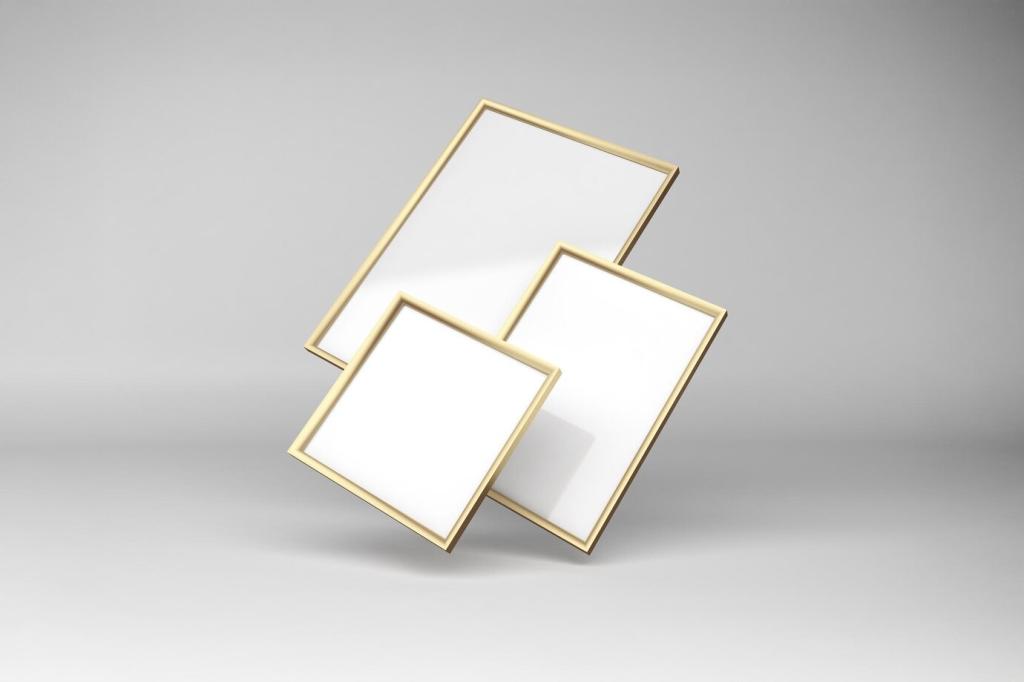Principles: Less, But Deeply Better
In minimalist furniture, purpose determines silhouette. Dimensions suit real bodies, storage solves real needs, and mechanisms feel intuitive. When utility is clear, decoration becomes unnecessary, and the whole object gains dignity through restraint rather than spectacle.
Principles: Less, But Deeply Better
Minimalist design choreographs what isn’t there. Spacing between legs, overhangs, and shadows creates rhythm. Good pieces respect circulation, daylight, and sightlines, helping rooms breathe while guiding attention toward living, conversation, and comfort instead of relentless visual stimulation.







